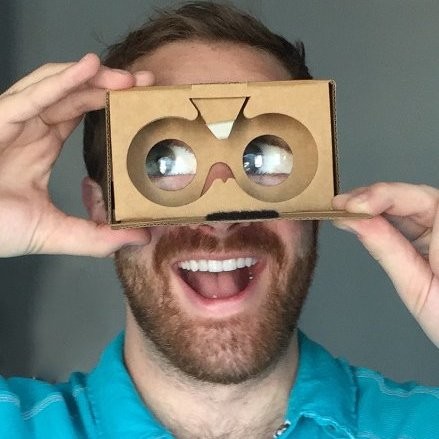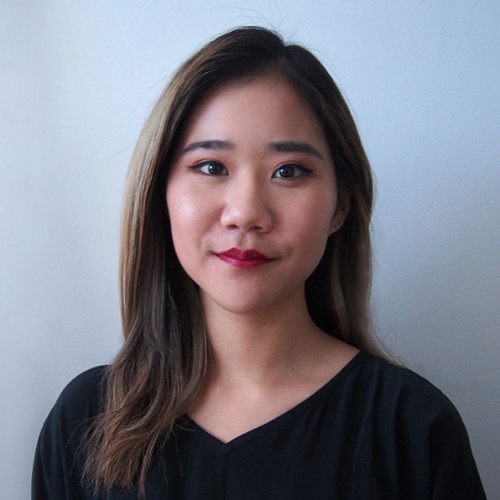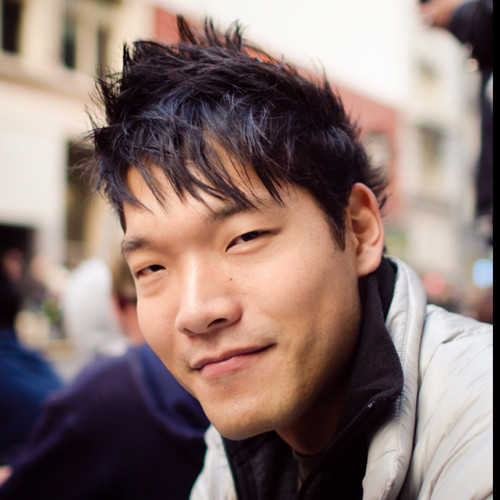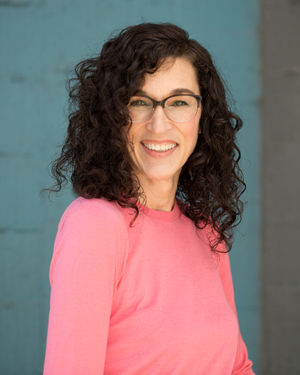11:00 AM - 11:30 AM
Description
This session will cover how sound is an integral part of spatial experiences from enhancing immersion, reducing cognitive load and, at times, replacing the need for visuals. Advances in hearables will support a new wave of creation using audio to augment reality.
Speakers

Related Sessions
10:00 AM - 11:00 AM
Description
Deceptively powerful and stunningly beautiful, this monumental leap forward in conveying the invisible effectively has always been right there in front of us, waiting to be unlocked, hiding in plain sight. All it took was the convergence of human ingenuity, artificial intelligence, and the rise of a medium capable of magic.
Join M. Pell, author of ‚Envisioning Holograms‚ and ‚The Age of Smart Information‚ on a deep dive into the mesmerizing world of visualizing and communicating the unseen data, movements, systems, and forces of our world in perhaps the most impactful use of Spatial Computing and Artificial Intelligence to date.
Book signing immediately following this session.
Speakers

11:00 AM - 12:00 PM
Description
With many unknowns and opportunities in AR, rapid prototyping has been critical to understand and define what makes immersive experiences valuable and usable. This talk will take a peek into how we approach rapidly designing and building prototypes for AR applications.
Speakers


01:00 PM - 02:00 PM
Description
Virtual reality has changed how we create. From games and movies to experiences and tools, we are just beginning to see what is possible. But what happens when you take traditional artistic methods and transfer them to VR? Learn how Oculus is creating new tools, specifically for Touch, to help more people express themselves.
Speakers

02:00 PM - 03:00 PM
Description
3D digital design will be as normal as 3D physical design today. Everyplace we go, every object we hold, every action we perform will be designed for our 3D environments. What world do you want to live it? Let's talk about how to make it exceptional, accessible and humanity centered.
Speakers

04:00 PM - 05:00 PM
Description
Spatial AR has provided an entirely new canvas for designers. No longer encumbered by a 2 dimensional window, UX designers are free to explore a 3 dimensional space. Yet, designers seem confined to traditional UI elements, influenced by standards for web or mobile applications even when we know the potential for spatial AR to present information not just when we need it, but where. Inspired by the concept of embodied perception, Hannah Nye will teach attendee’s DI’s process for breaking old design paradigms. She will teach designers how to influence user action and improve performance within enterprise AR maintenance and medical AR training experiences. This tutorial will be approximately 50 minutes.
Speakers
